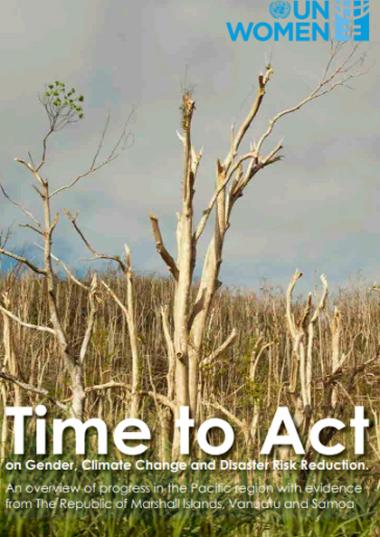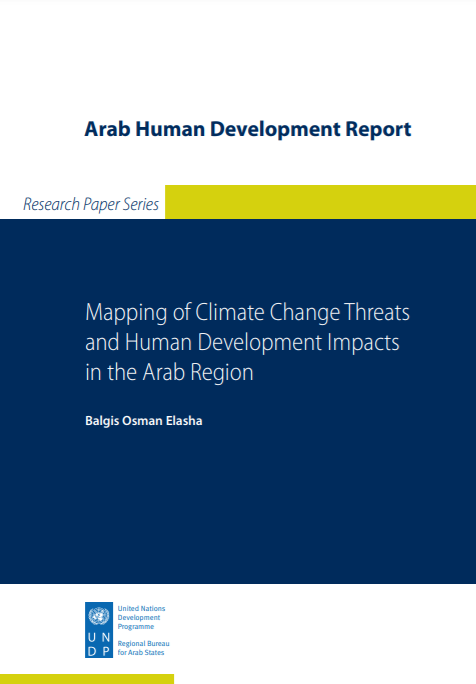

Mapping of climate change threats and human development impacts in the Arab region
December 2010
Arab human development report research paper series:
This report aims to present a comprehensive desk review and mapping exercise for an overview of the impact of climate change on the Arab region. It presents an assessment of projected impacts, vulnerability and adaptation of the Arab region in terms of change of (i) temperature and precipitation patterns and (ii) climate variability and extremes as well as the frequency and intensity of related disasters such as droughts, floods, hurricanes and dust storms, and their impacts in different sectors: (iii) water resources; (iv) agriculture and food security; (v) sea level rise (SLR), coastal inundation and erosion; (vi) conflicts and human insecurity; (vii) human health; (viii) implications on human development; (ix) gender considerations; and finally (x) adaptation to climate change.
The report is based on existing literature from the Intergovernmental Panel on Climate Change (IPCC), technical papers and expert reports about the impact of climate change on Arab countries. Information and analysis are presented by sub-region, and in order to facilitate analysis, countries were grouped into: The Middle East and North Africa (MENA), namely, Algeria, Egypt, Iraq, Jordan, Lebanon, Libyan Arab Jamahiriya, Mauritania, Morocco, the Occupied Palestinian Territory, Tunisia, Syria, and Yemen; the States of the Gulf Cooperation Council (GCC), namely, Bahrain, Kuwait, Oman, Qatar, Saudi Arabia and the United Arab Emirates; and the Sub-Saharan countries, namely, Comoros, Djibouti, Somalia and Sudan.




